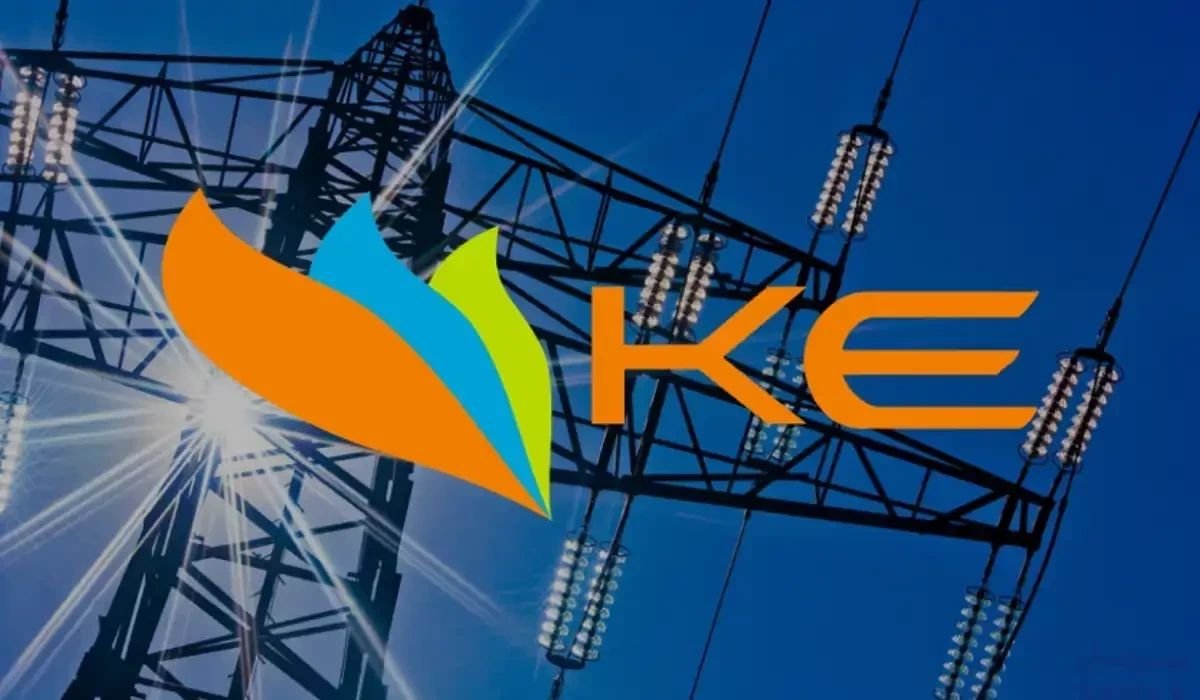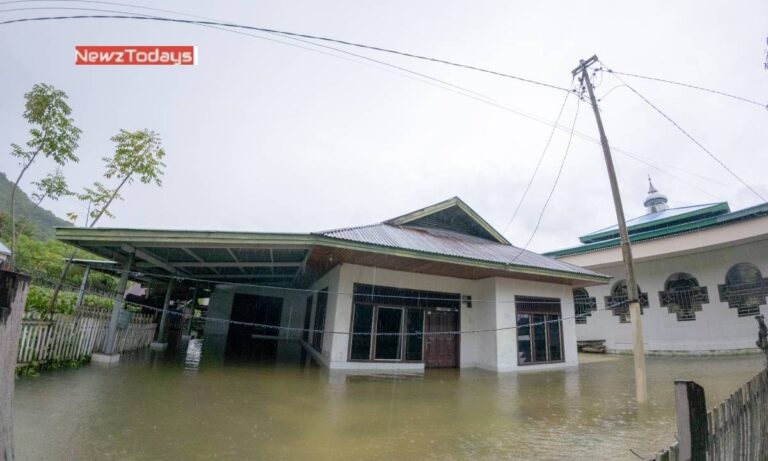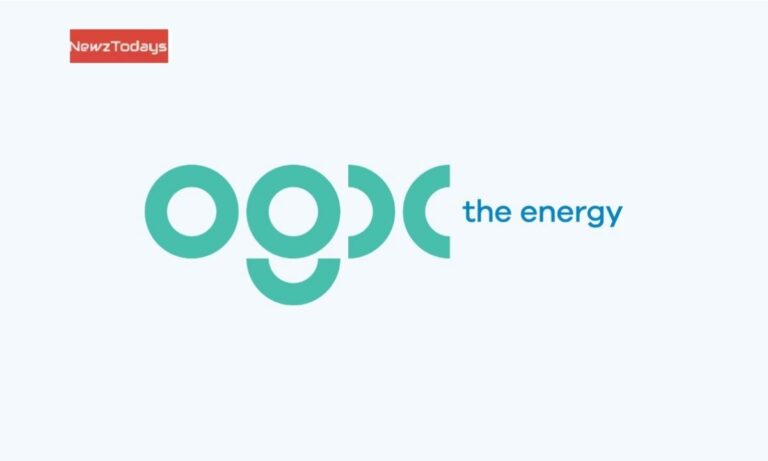Nepra Comes Under Fire over KE Tariff Revisions
The National Electric Power Regulatory Authority (Nepra) came under public scrutiny on Wednesday after questions were raised regarding its recent tariff adjustments for K-Electric (KE), which showed a substantial variation between successive determinations.
Read More: How to Download and Pay KE Duplicate Bill Online
During a public hearing held to review monthly fuel cost adjustments for September 2025, intervenors challenged Nepra’s methodology, pointing to inconsistencies in tariff calculations. “You raised the tariff to Rs39 per unit and then revised KE’s tariff down to Rs32 — that’s a massive difference,” one participant remarked, questioning what he called the “collective wisdom” of the regulator.
Read More: Chishty is Not KE Shareholder and Can’t Sell Shares: Aljomaih Power
Responding to criticism, Nepra Member (Law) Amina Ahmad, who chaired the session, said all determinations represented a consensus among members. “Yes, this is the collective wisdom of Nepra, as all members have signed the decision,” she said, clarifying that the authority had no role in managing government subsidies.
The hearing also reviewed a petition from the Central Power Purchasing Agency–Guaranteed (CPPA-G), which sought a reduction of Rs0.3681 per kilowatt-hour (kWh) in consumer bills under September’s fuel cost adjustment. The proposal reflected lower generation costs, with the reference fuel price at Rs7.6554 per kWh against an actual cost of Rs7.28 per unit.
Data submitted by CPPA-G showed total electricity generation at 12,592 gigawatt-hours (GWh) in September 2025. Hydropower remained the dominant source with a 37.99% share, followed by nuclear at 17.69%, re-gasified liquefied natural gas (RLNG) at 14.41%, and local coal at 9.56%. Hydel power was the cheapest at Rs0.1563 per kWh, while imported coal and RLNG generation costs averaged Rs13.7379 and Rs21.1927 per kWh, respectively. Imported electricity from Iran, though marginal in quantity, remained the most expensive at Rs23.8903 per kWh.
Officials from CPPA-G were also questioned about the increased use of furnace oil for power generation during the month. They explained that a blast in the SNGPL gas pipeline had curtailed LNG supply from 700 million cubic feet per day (mmcfd) to 400 mmcfd, forcing plants to rely on furnace oil to maintain system stability. Peak power demand during the month reached 22,000 megawatts, while several LNG-based plants underwent forced shutdowns and the Sahiwal coal power plant operated at partial capacity.
The issue of gas supply to the Uch power plant also came under discussion after reports suggested it was not receiving gas from the Oil and Gas Development Company Limited (OGDCL). CPPA-G officials said they had not received any formal communication regarding the diversion of gas to other customers.
Industry analysts say the ongoing volatility in fuel costs and supply constraints continues to strain Pakistan’s generation mix. Nepra’s decisions on tariff adjustments, they note, remain central to balancing consumer affordability with the financial sustainability of power producers such as K-Electric.
Meta description:
Nepra faces criticism over large K-Electric tariff revisions as CPPA-G seeks a Rs0.3681 per unit fuel adjustment cut; LNG shortages forced use of furnace oil in September 2025.






